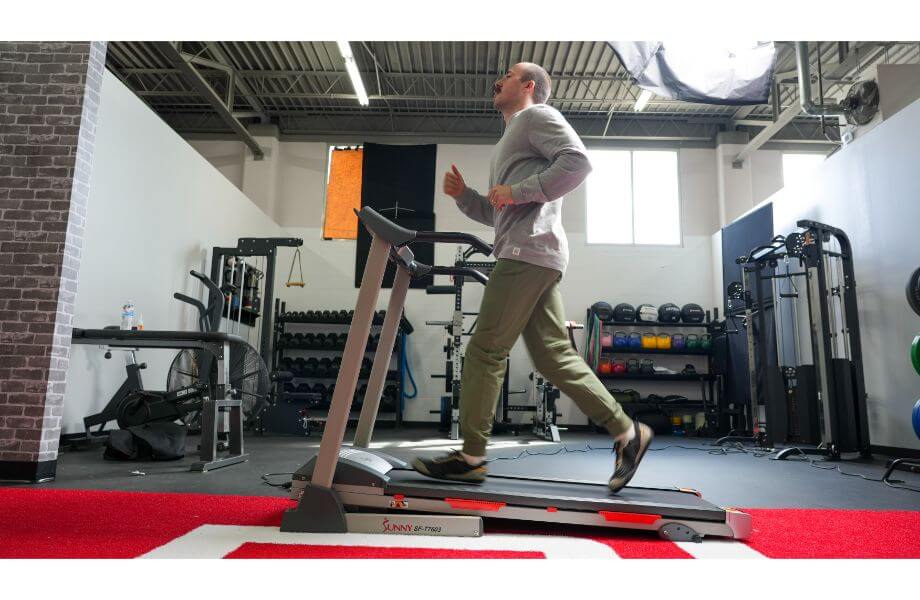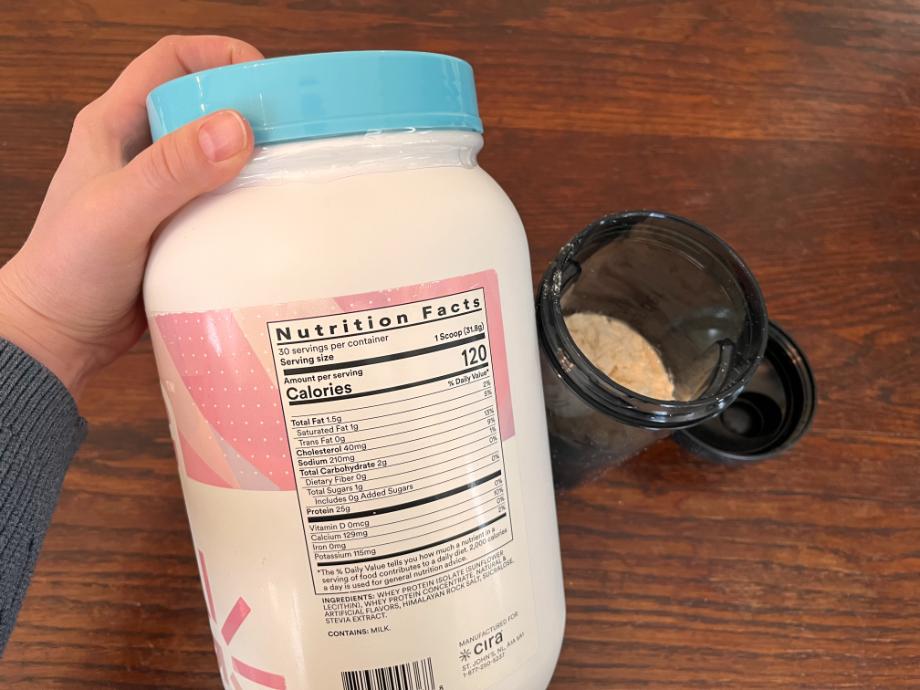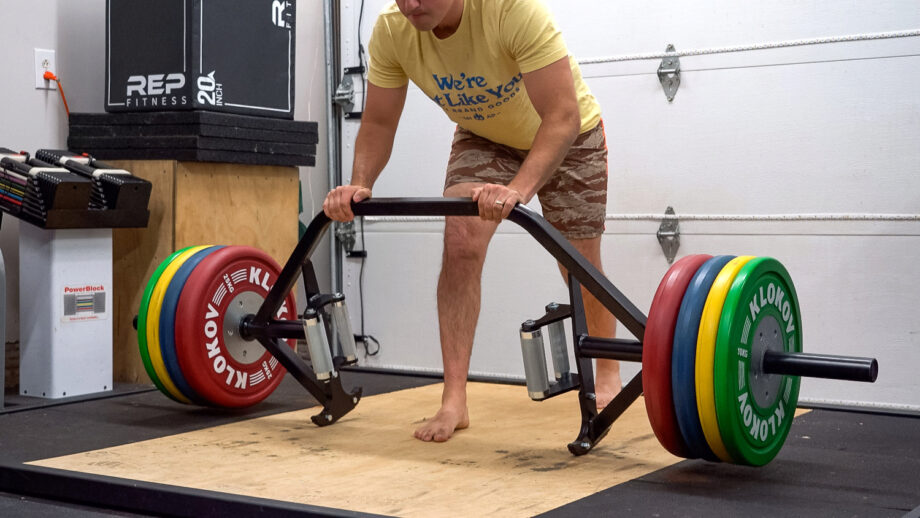One question I used to ask myself before I consistently started working out is, “Do I really need to spend 1 or 2 hours a day doing aerobic exercises and building muscle?” This question came about because I’d often see people in online forums proudly talking about how they dedicated hours in the gym daily. They’d say how it wasn’t uncommon for them to dedicate one full hour to cardio exercise and another hour doing strength training routines.
Honestly, reading stuff like that made me feel discouraged, like I wasn’t putting in enough time towards physical activity. I started to wonder, “How much cardio should I do a day?” I questioned if my 25- to 30-minute daily workouts were actually doing anything for my cardiovascular health and if it was enough to maintain a healthy lifestyle.
After years of working out and tons of research, I have a better understanding of how much cardio I should do a day. However, if you’re wondering what’s enough and what’s too much, keep reading.
RELATED: How Much Cardio Is Too Much?
Why You Should Move More
Before I jump into the daily recommendation for cardio workouts, I want to speak on sedentary behavior. These days, we’re not moving anywhere near as much as older generations. We sit down A LOT more due to all the conveniences (hint: food and grocery delivery), which negatively affects our heart health and so much more.

According to a study1 published in the Journal of the American Heart Association, physical inactivity is the greatest risk of developing cardiovascular disease. When sedentary behavior was assessed globally, they found that it was responsible for the following:
- 6% of coronary artery disease cases
- 7% of type 2 diabetes mellitus cases
- 10% of breast cancer cases and
- 10% of colon cancer cases
However, that’s not all. In 2008, premature mortality from physical inactivity accounted for 5.3 million deaths worldwide2. It has also been found that if we eliminate physical inactivity altogether, the world population’s life expectancy will increase by 0.68 years3.
So, what does all this mean? It means we have to get moving!
Daily Recommendations for Cardio Workouts
The Physical Activity Guidelines for Americans4 recommends that adults complete at least 2.5 hours of physical activity per week. By fitting in at least 150 minutes of moderate-intensity aerobic exercise, you can prevent disease and boost your quality of life. Heart.org5 also says you could do 75 minutes of vigorous aerobic activity to generate those same health benefits.
Let’s break that down per day, then: If you have 150 days of moderate-intensity activity spread out over the course of five days, it comes to 30 minutes a day. If you up the intensity, you could do just 15 minutes a day.
There is no set daily recommendation, which can take the pressure off you if you miss a day. Over the course of a week, just be sure to accumulate your 150 minutes.
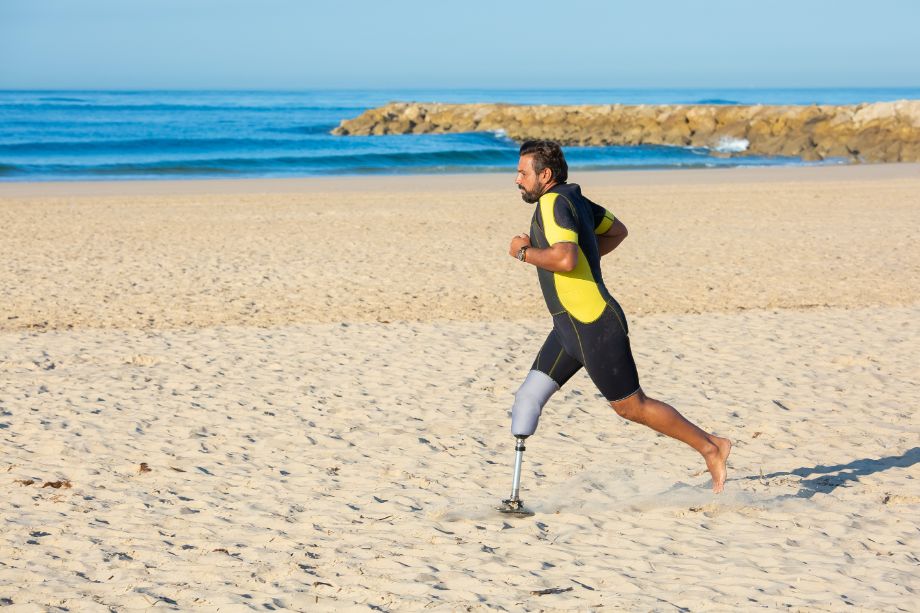
Moderate-Intensity vs. Vigorous Aerobic Activity
Naturally, you might be wondering what’s the difference between moderate and vigorous-intensity aerobic activity. Would a moderate-intensity cardio session really look that different from a vigorous one? Absolutely.
Moderate-intensity exercises will get your heart rate up and make you break a sweat, yet you’ll still be able to talk. Some examples would be:
- A brisk walk (4 MPH, or a 15-minute mile)
- Water aerobics
- Cycling at a moderate pace
- Mowing the lawn
Vigorous-intensity workouts, though, will make you breathe hard and fast. You’ll know you’re doing a vigorous activity because if you try to talk, you’ll only be able to get a couple of words out at a time. Some examples of vigorous activity would be:
- Jogging at 6 MPH or running
- Riding a bicycle on hills or going 14 -16 MPH
- Swimming laps in a pool
- Jumping rope
If you’re new to working out, I wouldn’t recommend starting with vigorous aerobic activities. Instead, start off with light to moderate cardio routines, then gradually work yourself up to that as your physical health and endurance improve.
Daily Cardio and Weight Loss
So is 150 minutes of cardiovascular exercise per week enough to lose weight? It depends on a few things. For one, to lose weight, you need to be in a calorie deficit. In other words, you need to burn more calories than you consume. To help with that, so you’re not solely relying on working out alone, you’ll want to eat healthier to aid with weight loss. In addition, the type of cardio you do matters in terms of how many calories you burn in one cardio session.
If you want even greater health benefits and want to burn more body fat to assist with weight loss, the Mayo Clinic recommends 300 minutes of aerobic activity6 per week. However, working out for a more extended amount of time isn’t the only way to achieve weight loss. I mentioned earlier that one could do 75 minutes of vigorous activity to achieve similar benefits as doing 2.5 hours of cardio at a moderate intensity.
Therefore, if you want to lose weight, you have to evaluate your fitness level as well as the amount of time you can dedicate to cardio.
Amanda Capritto, GGR writer and certified personal trainer, states: “If you have time to spare and are a beginner, steady-state cardio, like walking or biking, has a pretty low barrier to entry. On the other hand, those who are limited on time or who are well-conditioned may prefer high-intensity activities, like HIIT workouts.”
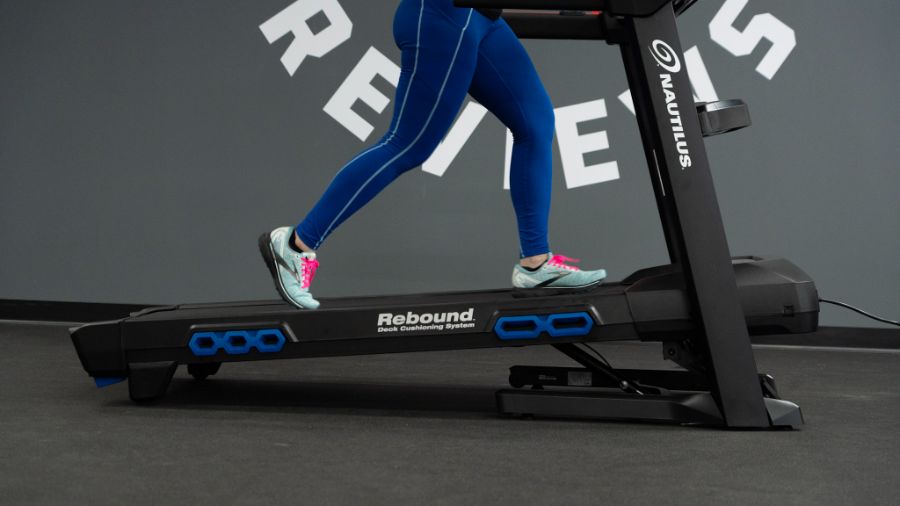
For clarity, steady-state cardio is when you maintain an even pace and exert moderate effort for an extended period of time. This can last 30 to 60 minutes and typically involves a low-impact activity that’s beginner-friendly and helpful for improving endurance. When you read about doing 300-minutes of moderate-intensity aerobic activity, steady-state exercise would play a large role. An example of steady-state cardio would be walking for 30 minutes at 4 MPH. In that amount of time, a 125-pound person would burn 135 calories7.
High-intensity interval training is the type of exercise where you complete short, intense cardiovascular intervals that are followed by a lesser intense recovery interval. These can be done in 15 to 30 minutes, allowing you to slash calories quickly while also offering a pretty good caloric afterburn.
Overall, both types of exercise can help you with fat loss, but you have to decide which method is the best approach for you. It’s also possible to incorporate both. For example, it’s not uncommon for people to do HIIT one day and then follow up with an active recovery day doing steady-state cardio.
Don’t Forget About Strength Training
All this talk about cardio, but we can’t forget about doing strength training, too! In fact, the Physical Activity Guidelines4 published by the U.S. Department of Health and Human Services states we should do two or more days of strength training. Adding resistance training and weight training to our workout routine is good for our overall health. But why is that? Why can’t you just do cardio?

Well, strength training helps you boost your muscle mass and strength. Activities like weight lifting and various bodyweight exercises, such as squats, build up your major muscle groups. This might not automatically seem like a big deal, but when you strengthen your muscles and bones, you improve your quality of life. Having stronger muscles helps you maintain your balance as you age, and the increased bone density that comes from strength training may reduce your risk of osteoporosis.
Plus, you’ll look and feel better if you do cardio and strength training. In my opinion, it’s the best way to build the physique of your dreams.
Signs of Overtraining
Many people ask themselves, “Am I working out enough to get results?” However, another question to ask is, “Is the amount of cardio or strength training I’m doing a little too much?” Sure, exercise has many benefits, but doing too much of even a good thing isn’t advised. So how do you know if you’re overtraining?
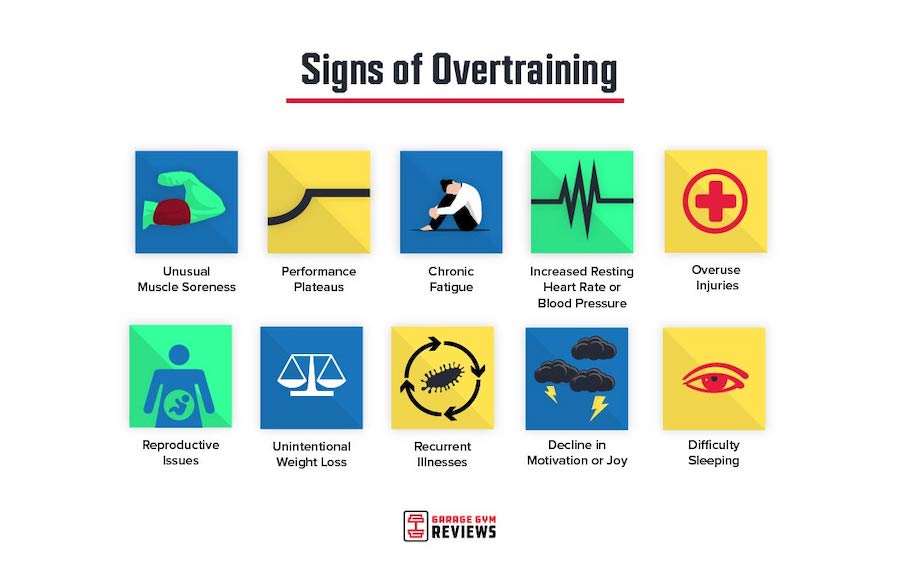
According to the National Academy of Sports Medicine8, these symptoms are a sign that you may need to cut back:
- Not feeling refreshed after a rest day
- A perception of increased exertion while doing low-intensity or typically “easy” workouts
- Excessive overheating
- Recurrent injuries
- Poor sleep quality
- Persistent muscle soreness
- Loss of appetite
- Unplanned weight loss/weight gain
If you’re noticing these symptoms, be sure to contact your physician and make adjustments to your workout routine.
Cardio Volume: Q&A
Is 1 hour of cardio every day too much?
It honestly depends on the type of cardio you’re doing. One hour of steady-state cardio is fine, but doing one hour of HIIT daily might be considered way too much cardio. Understand that performing at 80 to 95% of your maximum heart rate is quite strenuous, especially if you’re doing it for long bouts of time. In addition, your risk of injury increases if you do too much HIIT. Always make sure you’re throwing in a rest day for either type of exercise so you can adequately recover.
Is 30 minutes of cardio daily enough?
According to the Physical Activity Guidelines, 30-minutes of moderate-intensity cardio is enough to see health benefits.
Which cardio burns the most fat?
According to a study9 published in the Journal of Sports Science and Medicine, HIIT and steady-state burn similar amounts of fat.
Is 20 minutes of cardio enough?
Yes, 20-minutes of cardio is enough if it’s high-intensity interval training. The Physical Activity Guidelines state that 75 minutes per week of vigorous activity is suitable.
References
- Lavie CJ, Carl J. Lavie Correspondence to Carl J. Lavie, Ozemek C, et al. Sedentary behavior, exercise, and Cardiovascular Health. Circulation Research. https://www.ahajournals.org/doi/10.1161/CIRCRESAHA.118.312669?url_ver=Z39.88-2003&rfr_id=ori%3Arid%3Acrossref.org&rfr_dat=cr_pub++0pubmed#d1e363. Published February 28, 2019. Accessed October 26, 2023.
- Ekelund U, Steene-Johannessen J, Brown WJ, et al. Does physical activity attenuate, or even eliminate, the detrimental association of sitting time with mortality? A harmonised meta-analysis of data from more than 1 million men and women [published correction appears in Lancet. 2016 Sep 24;388(10051):e6]. Lancet. 2016;388(10051):1302-1310. doi:10.1016/S0140-6736(16)30370-1
- Lee IM, Shiroma EJ, Lobelo F, et al. Effect of physical inactivity on major non-communicable diseases worldwide: an analysis of burden of disease and life expectancy. Lancet. 2012;380(9838):219-229. doi:10.1016/S0140-6736(12)61031-9
- Physical Activity Guidelines for Americans. Current guidelines. https://health.gov/our-work/nutrition-physical-activity/physical-activity-guidelines/current-guidelines. Accessed October 26, 2023.
- American Heart Association recommendations for physical activity in adults and kids. www.heart.org. https://www.heart.org/en/healthy-living/fitness/fitness-basics/aha-recs-for-physical-activity-in-adults. Published July 28, 2023. Accessed October 26, 2023.
- Edward R. Laskowski MD. How much exercise do you really need? Mayo Clinic. https://www.mayoclinic.org/healthy-lifestyle/fitness/expert-answers/exercise/faq-20057916#:~:text=Laskowski%2C%20M.D.,of%20moderate%20and%20vigorous%20activity. Published September 22, 2021. Accessed October 26, 2023.
- Calories burned in 30 minutes of leisure and routine activities. Harvard Health. https://www.health.harvard.edu/diet-and-weight-loss/calories-burned-in-30-minutes-for-people-of-three-different-weights. Published March 8, 2021. Accessed October 26, 2023.
- Quaglio L. 19 signs of overtraining: How to avoid excess fatigue and Ots. NASM. https://blog.nasm.org/strategies-for-overcoming-overtraining. Accessed October 26, 2023.
- Foster C, Farland CV, Guidotti F, et al. The Effects of High Intensity Interval Training vs Steady State Training on Aerobic and Anaerobic Capacity. J Sports Sci Med. 2015;14(4):747-755. Published 2015 Nov 24.


